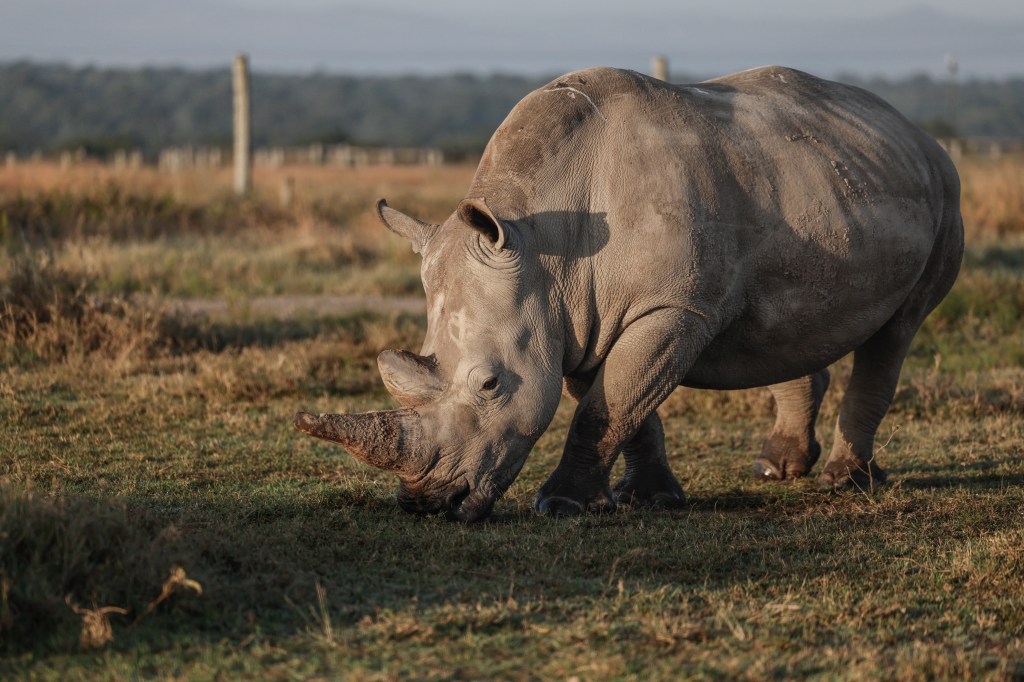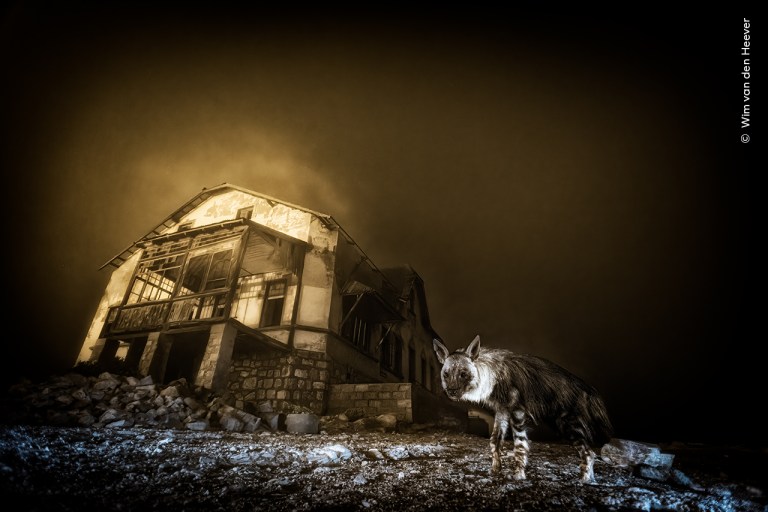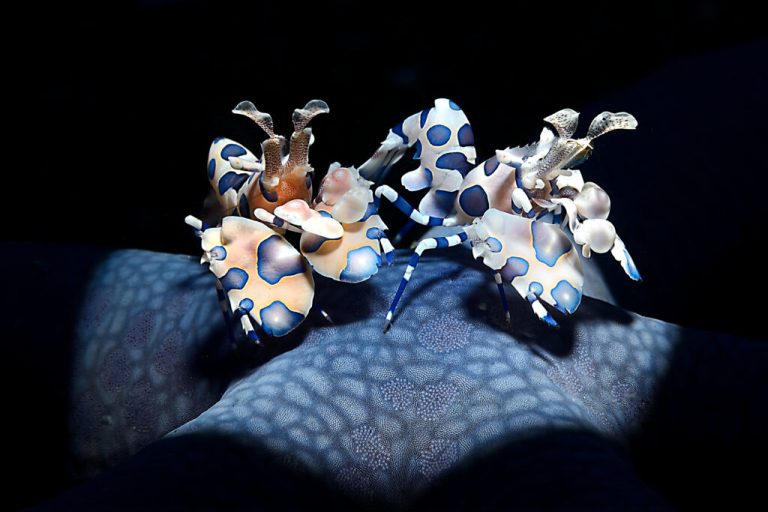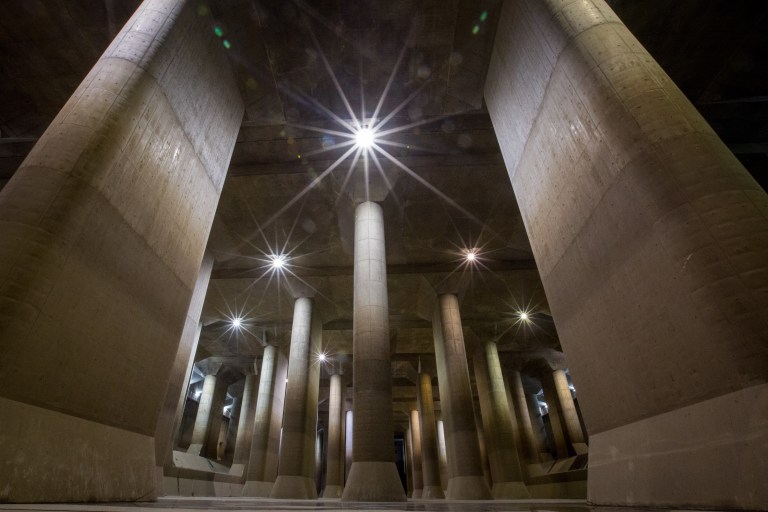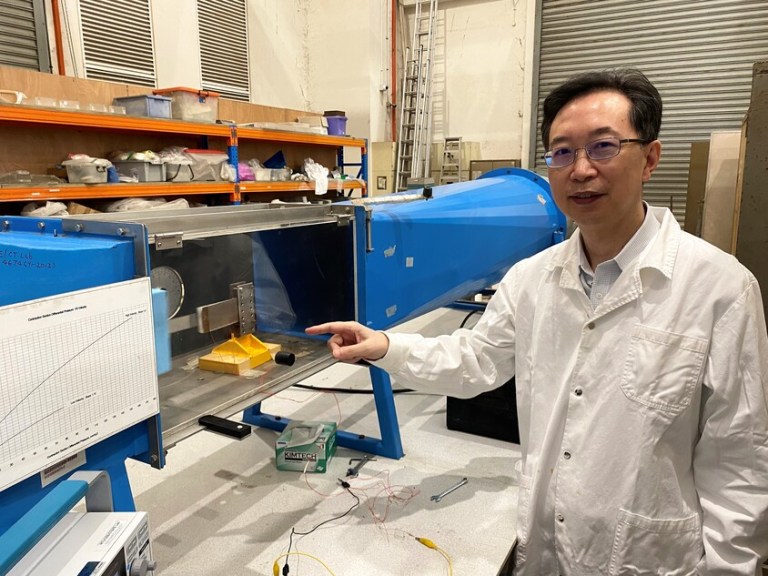In 2018, the animal kingdom experienced a devastating loss: The world’s last male northern white rhino died. Today, with only two nonreproductive females remaining, both at a conservancy in Kenya, the ungulates are on the brink of extinction — but scientists just got significantly closer to saving them.
An international team of scientists from Scripps Research, the San Diego Zoo Wildlife Alliance, and the Max Planck Institute for Molecular Genetics, among others, mapped a new, complete genome of a northern white rhino.
“We layered together multiple technologies to make the most accurate genomic map possible,” study co-author Jeanne Loring said in a press release. “It’s like the rhino version of the Human Genome Project.”
Back in 2014, a male northern white rhino named Angalifu died at the San Diego Zoo Safari Park. Prior to his death, Angalifu’s skin cells were cryopreserved in the San Diego Zoo Wildlife Alliance’s Frozen Zoo, which boasts over 10,000 samples from nearly 1,000 taxa. Fast-forward to 2025, and those cells were used to create a high-quality reference genome, marking a “crucial step” toward one day generating sperm and eggs in a lab setting.
“This high-quality reference genome is a key piece of the puzzle that helps us understand how the stem cells are functioning and guides our next steps in the genetic rescue process,” said San Diego Zoo Wildlife Alliance scientist Marisa Korody. “None of it would be possible without the Frozen Zoo and the rhinos whose cells were preserved decades ago.”
An important step that preceded these efforts took place in 2011, when just seven of the rhinos still existed. That year, Loring and her team used normal adult rhino cells to produce the first stem cells from endangered species, using the same genes that scientists use to turn normal human cells into stem cells. “The most important thing is to provide these stem cells as a resource for other people taking some of the next steps,” Loring said in a press release at the time. Since then, her team has created stem cell lines from nine different northern white rhinos.
Acting as a baseline for quality control, the new genome can help the researchers assess the “genomic integrity” of the stem cell lineages they’ve created from adult rhino cells. Just like with human stem cells, rhino versions can develop mutations during the growth process.
But thanks to the reference genome, the team was able to analyze the previously created stem cell lineages and determined that one had a mutation that could have been harmful to reproduction. The researchers noted that in the past, endangered species rescue efforts have been hindered without this crucial information.
Now that this genome has been mapped, the team aims to one day create embryos that could be implanted into southern white rhinoceros surrogate mothers — another subspecies they found to be “very similar on the chromosome level” to northern white rhinos. And in the future, the researchers hope this method could help save other species that are in peril.
“What’s so exciting about this milestone is that we’re getting closer to being able to rescue animals that otherwise might go extinct during our lifetimes,” Loring said. “This is great progress not only for white rhinos, but for the entire field of animal conservation.”
